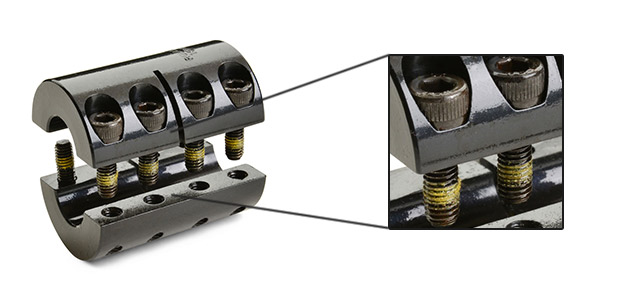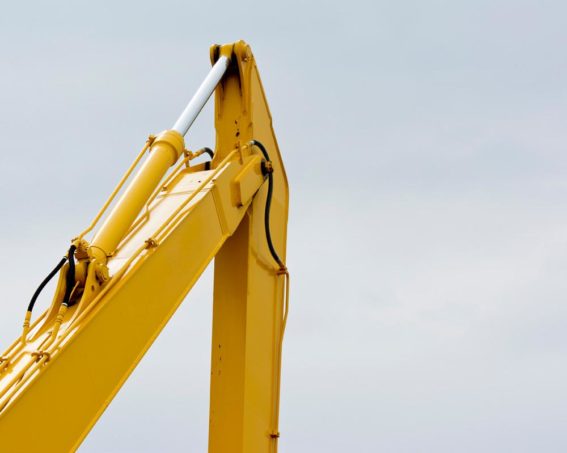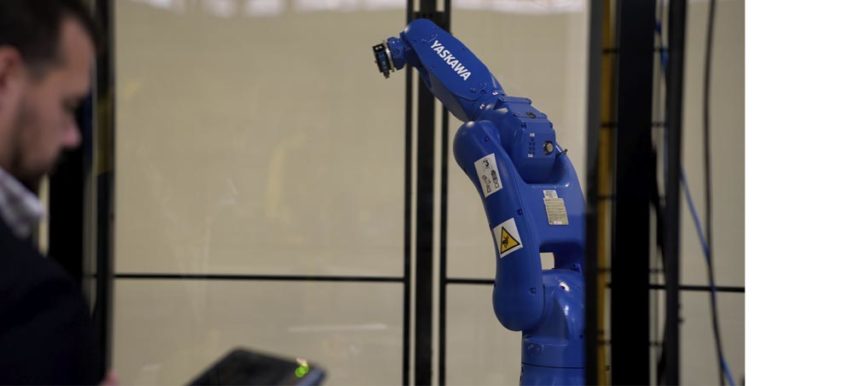Using and Specifying Flexible Couplings
Prepared by members of the AGMA Flexible Coupling Committee
The technical division of AGMA directs the committees that develop and maintain standards and information sheets pertaining to the gear industry. Although often viewed as an accessory for gearboxes, flexible couplings are critical components of any machinery system, since they connect two separate pieces of rotating equipment. The Flexible Coupling Committee is responsible for 12 standards and one information sheet that are specific to flexible couplings. Six of those standards encompassing three subjects will be highlighted:
- “Flexible Couplings – Potential Unbalance Classification,” ANSI/AGMA 9000 and 9110 (metric edition)
- “Bores and Keyways for Flexible Couplings (Inch Series),” ANSI/AGMA 9002 (inch series) and 9112 (metric series)
- “Flexible Couplings – Keyless Fits,” ANSI/AGMA 9003 and 9103 (metric edition)
ANSI/AGMA 9002 & ANSI/AGMA 9112
While ANSI/AGMA 9002 and 9112 present all relevant information regarding bores and keyways, one topic is often subject to confusion: tolerances and resulting fits.
ANSI/AGMA 9112 is not only the transcribed metric series of ANSI/AGMA 9002, but it also incorporates and embraces the design principles, nomenclature and metric culture. Due to the metric design principles, there are a few key differences. To begin with, it utilizes the ISO 286 alphanumerical codes for tolerances (e.g., H7, m6). The keys and keyways defined in ANSI/AGMA 9112 are based on ISO R773:1969, and these metric-based keys/keyways are significantly different than those of ANSI/AGMA 9002. ANSI/AGMA 9112 includes transitional fits in addition to ANSI/AGMA 9002’s clearance and interference fits. Shaft tolerances are based on ISO R775:1969, and bore tolerances are recommended so that resulting shaft/bore fits are similar to ANSI/AGMA 9002. Due to the differences in design basis between inch-based and metric-based shaft and key systems, do not use the metric nomenclature for inch-based shaft and key systems; likewise, do not use inch nomenclature for metric-based shaft and key systems.
ANSI/AGMA 9003 & ANSI/AGMA 9103
ANSI/AGMA 9003 and 9103 present “information on design, dimensions, tolerances, inspection, mounting, removal and equipment that is in common use with keyless tapered and keyless straight (cylindrical) bore hubs for flexible couplings.” Keyless fits require a higher interference rate between the hub and shaft than those specified in ANSI/AGMA 9002/9112 for torque transmission. To determine the necessary fits, ANSI/AGMA 9003/9103 provides calculations for pressures and allowable stresses for mounting, dismounting and operation, taking into consideration torques and operating conditions. Installation and removal of keyless hubs requires special consideration. Traditional methods of heating the hub for installation of interference fits can be used but require very high temperatures to ensure ample clearance. Often, mounting and removal of hubs requires hydraulic pumps to expand the hub, reducing or eliminating damage to the mating surfaces. Hydraulic mounting and dismounting uses significant pressures and generates extreme forces; therefore, caution must be taken as hubs, especially for tapered interfaces, can be propelled axially as the bore expands and releases from the shaft. Hydraulic pusher/puller assemblies are used to safeguard for this scenario.
ANSI/AGMA 9000 & ANSI/AGMA 9110
ANSI/AGMA 9000 and 9110 are the only standards that go into full detail on selection of balance classes and how to calculate both the potential and residual balance of a coupling component and/or assembly.
The typical user would be most interested in understanding the difference between potential unbalance and residual unbalance. Potential unbalance is defined as “the maximum amount of unbalance that may exist in a coupling assembly, whether corrected or uncorrected.” Essentially, it is a calculated value that is based on several factors, such as clearances in mating parts, allowable machining tolerances and runouts, balance tooling runouts, etc. Residual unbalance is defined as “the final amount of unbalance that remains in a coupling component or assembly after balancing, prior to removal from the balancing machine.”
The standard also defines various balance classes that are determined by the amount of potential unbalance or the residual unbalance. These balance classes offer users and OEMs a guide to choose what is required for an application. The OEM will dictate the “system sensitivity” to unbalance. Once the system sensitivity is understood, that is used in conjunction with the operating speed to determine the required balance class of the coupling. The coupling manufacturer will then state the level of balance required for that application.
The above six standards are one-half of the catalog of AGMA standards that are maintained by the Flexible Coupling Committee. As a set they provide a comprehensive understanding for using and specifying flexible couplings in industrial applications.





